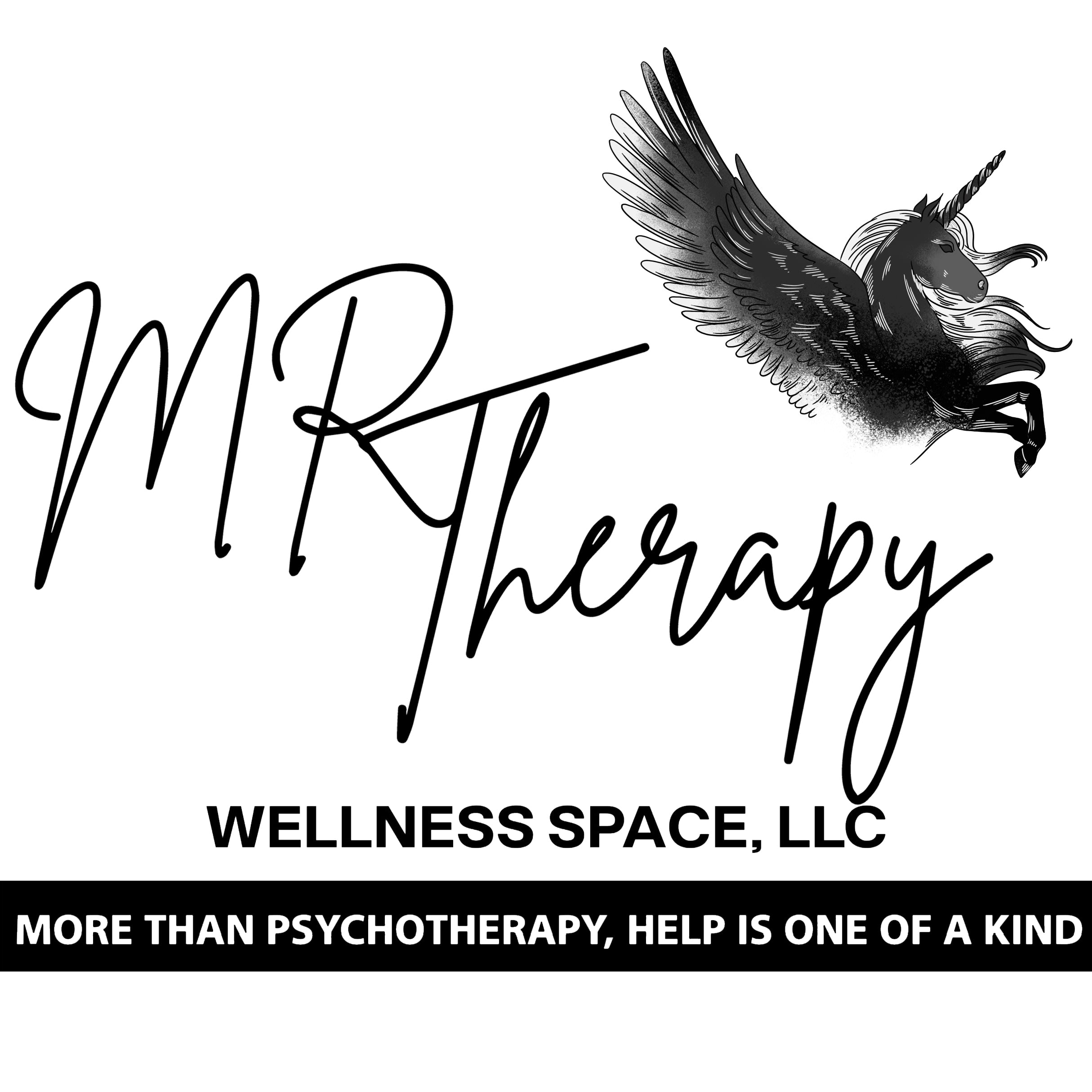
Parenting through Child Centered Play Therapy (CCPT)

What are children doing when we say they are “playing”? Play is a voluntary, intrinsically motivated, child-directed activity involving flexibility of choice in determining how an item is used. There is no specific, extrinsic goal. Usually, children enjoy the process of playing but the end product is not as important. The child’s physical, mental, and emotional self is fully present in creative expression. A child can play alone, or while interacting socially.
The development of children’s play progresses in three stages (E-P-R) and typically in this sequence (Sue Jennings, 1999):
(E) Embodiment Play – Also called Sensory Play. The child’s first experience of the world through looking, hearing, touching, smelling and feeling (ex. making mud pies). It is from these first experiences that we gain a sense of self and our place in the physical world. The child becomes aware of the body and the skin “This is what my body can do. This is how things feel when I touch or hold them. This is where my body begins and ends.”
(P) Projective Play – Also called Symbolic Play. The child moves from purely sensory experiences into a world of pretend and imagination. Everyday objects can be transformed into other things from the real world 3 (ex. cardboard box-> boat). Children discover the notion of acting “as if” – one object works as if it was another. They also begin to understand that objects can have meaning, a concept that is necessary to the development of language.
(R) Role Play – Also called Dramatic Play. Extending projective play, only this time, children can project meaning onto themselves and others instead of toys and objects. The player now takes on a role and plays “as if” they were someone else. Signifies the development of conscience and an understanding of the outcomes of their actions. Includes action play (ex. driving a car), stereotypical character (ex. fire fighter), and fictional character (ex. Superman).
What Is Child Centered Play Therapy?
Child Centered Play Therapy (CCPT; Landreth, 1991; 2002; 2012) is a developmentally responsive, play-based mental health intervention for young children ages 3 to 10 who are experiencing social, emotional, behavioral and relational disorders. CCPT utilizes play, the natural language of children, and therapeutic relationship to provide a safe, consistent therapeutic environment in which a child can experience full acceptance, empathy, and understanding from the counselor and process inner experiences and feelings through play and symbols. In CCPT, a child’s experience within the counseling relationship is the factor that is most healing and meaningful in creating lasting, positive change. The goal of CCPT is to unleash the child’s potential to move toward integration and self-enhancing ways of being. Child outcomes following CCPT include decreased symptomatic behaviors and improvement in overall functioning.
APT defines play therapy as the “systematic use of a theoretical model to establish an interpersonal process wherein trained play therapists use the therapeutic powers of play to help clients prevent or resolve psychosocial difficulties and achieve optimal growth and development.”
What does Play Therapy help?
Play therapy helps children:
- Become more responsible for their behaviors and develop more successful strategies
- Develop new and creative solutions to problems
- Develop respect and acceptance of self and others
- Learn to experience and express emotion
- Cultivate empathy and respect for thoughts and feelings of others
- Learn new social skills and relational skills with family
- Develop self-efficacy and a better assuredness about their abilities
I help parents cultivate an emotional safe space for their children through CCPT techniques.
Areas Covered
Get In Touch
Office location
Las Vegas, Nevada, 89107Give us a call
(702) 854-2168Send us an email
[email protected]We’d love to hear from you!
Complete the form to connect with us.
